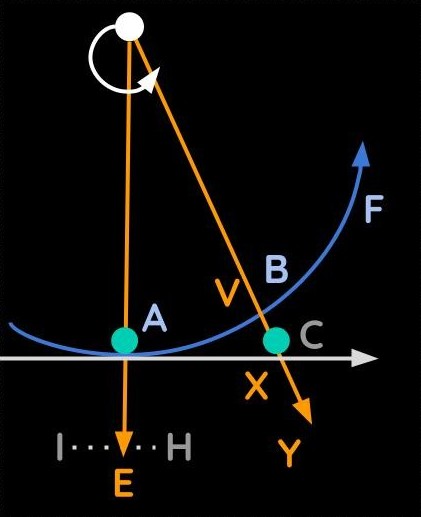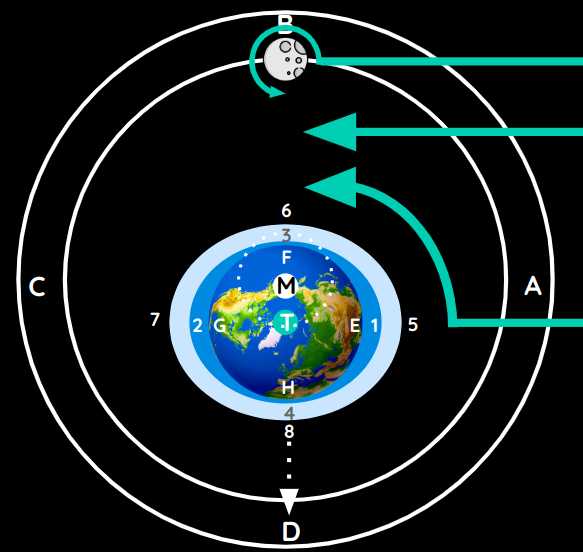Cartesian Inertia and Gravitation
Table of Contents
Superphysics Note
Bodies that revolve always tend to move away from the centers that they revolve from. But what direction do the stars and heavens tend towards?
A body that ’tends’ towards some direction does not mean that there is a thought or desire inside the body that carries it there. Instead, it means that:
- It is disposed to move there and
- There is something preventing it.*
Superphysics Note
‘Tend’ here means that the body is doing an effort to counteract such a resistance.
The body thus tends towards different directions at the same time *
Superphysics Note
There are often diverse causes that act together on the same body.
- These impede each other’s effect.
- The same body can be thought of as tending in different directions at the same time.
The particles of the Earth tend to move away from its center when they are separated from the Earth.
When they are separated, they can be heavier or lighter.
- They move towards the center when they are heavier. They are pushed towards the center by the external air-aether.
- They move away from the center if they are lighter. [They go with the air aether going out of the Earth]
Gravity is caused by the air-aether particles.

The air-aether at A will tend towards G if it:
- went with the rotation of the earth
- had no opposition from the air-aether above it.*
Superphysics Note
The air-aether at A will tend towards F if it:
- went with the rotation of the earth
- was opposed by the air-aether above it at
Y.*
Superphysics Note
The air-aether at A will tend towards E if it:
- did not go with the rotation of the earth
- This makes it go staight to
Einstead of going toHorI
- This makes it go staight to
- had no opposition from the air-aether above it.*
Superphysics Note
The air-aether [invisible spacetime particles] should be thought of as being the same as this stone R.

Those that are at E tend of their own inclination towards P*.
Superphysics Note
But the resistance of the other air-aether particles above them cause them to move along the circle ER.*
Superphysics Note
- This resistance when alone would make them move towards
Mwhich is the near the centerT.*
Superphysics Note
This is how they go towards the places that are directly opposite the center T of their gravitational territory.